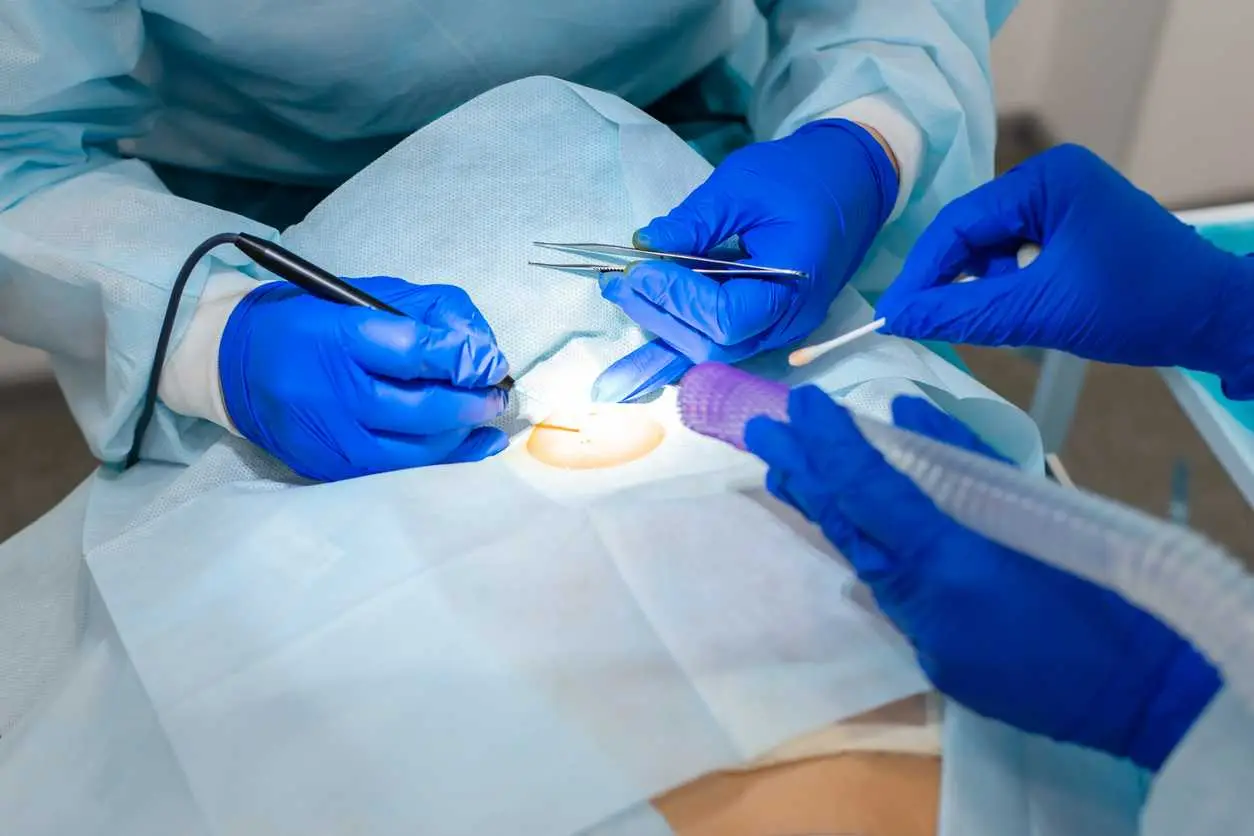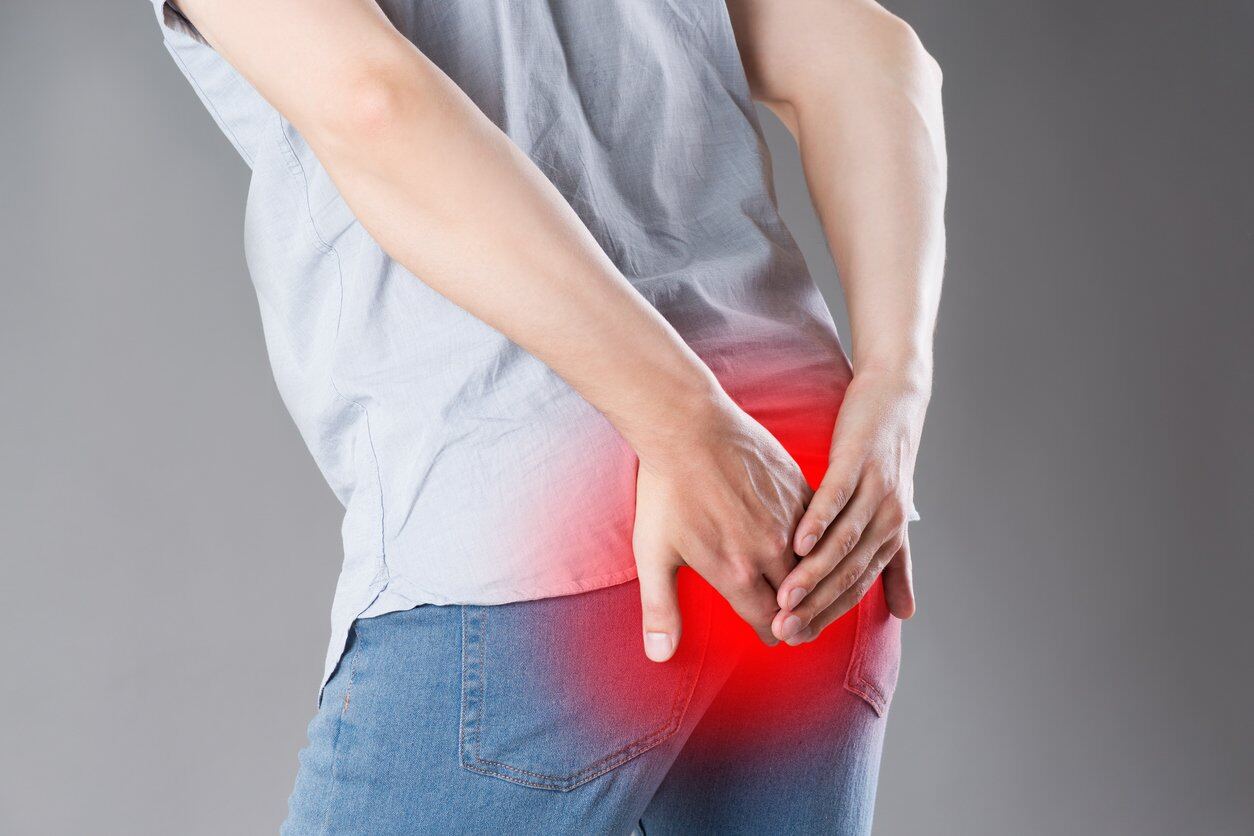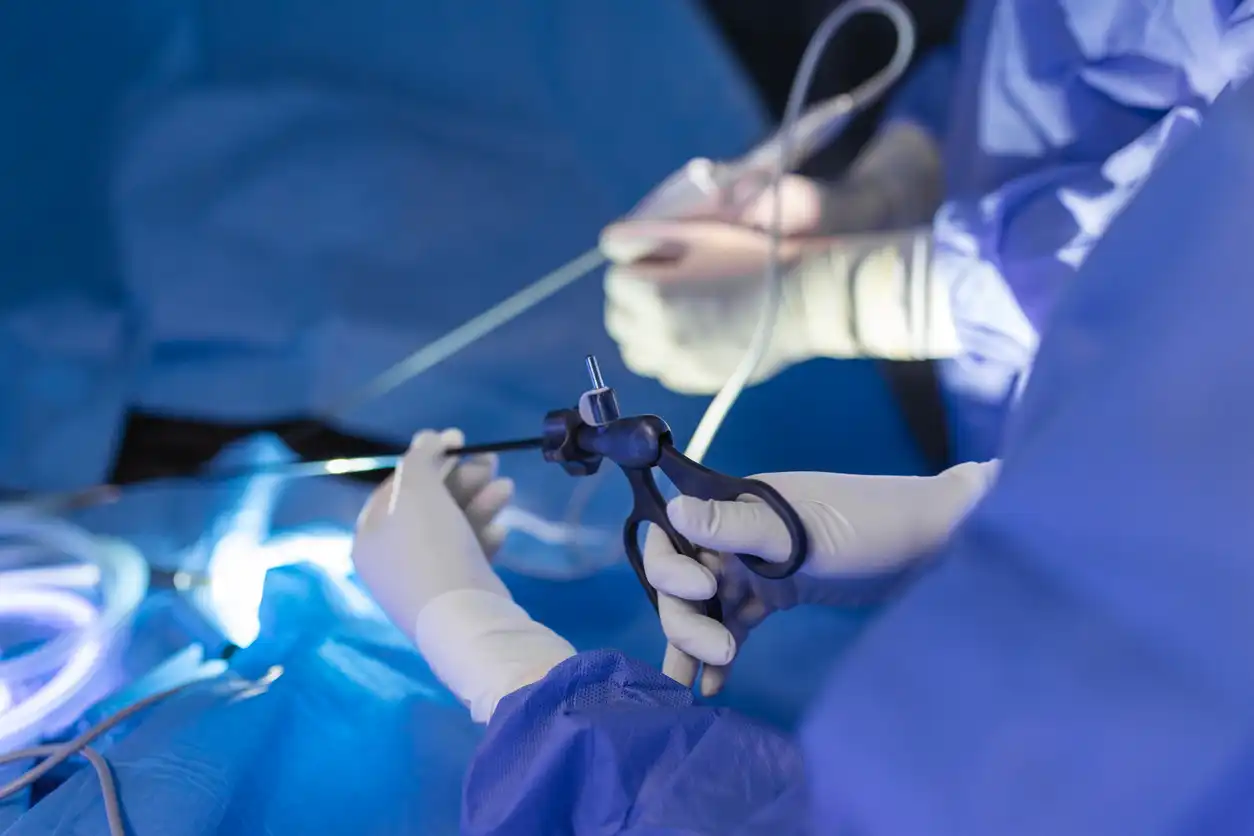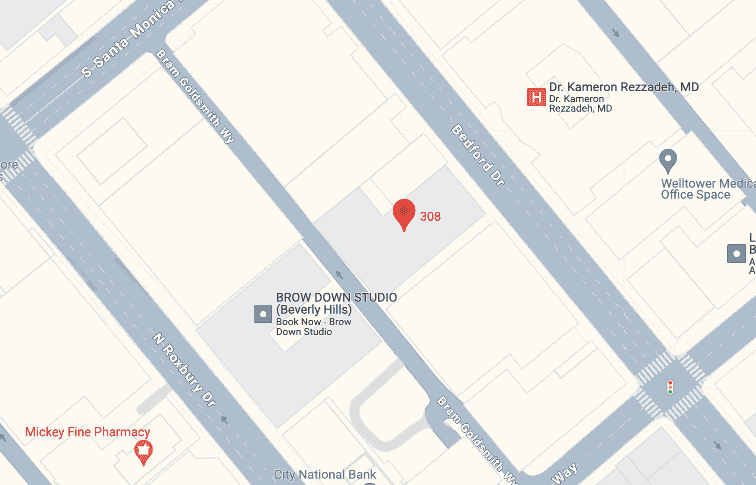Sometimes a painful condition known as a pilonidal cyst develops near the tailbone. Usually showing up on the skin as a little lump or dimple, it can get infected and cause great pain. Although a pilonidal cyst can be easily confused with other skin disorders, knowing the particular symptoms will enable you to get suitable treatment.
Knowing Pilonidal Cysts
Usually arising from ingrown hairs caught in the epidermis, pilonidal cysts A cyst might result from inflammation and infection brought on by these hairs.
Symptoms of a Pilonidal Cyst
See a healthcare provider if you are having the following symptoms:
1. Pain and Sensitivity
Particularly while seated, moving, or pressing the afflicted area, it could be uncomfortable and sensitive. Activity may aggravate the discomfort; rest helps it to get better. The degree of the infection will determine whether the pain is modest discomfort or extreme throbbing agony. The suffering could be intermittent or continuous, and it might be accompanied by itching or burning sensation. The pain could also radiate to the buttocks or lower back.
2. Swelling
One could find a clear bulge or swelling close to the tailbone. The swelling could grow over time and be soft to the touch. Either localized or distributed to the surrounding tissue, the swelling can cause pain and restrict movement. The degree of pus or fluid within the cyst will determine whether the swelling is soft or hard. Additionally accompanying the edema could be skin redness or discolouration.
3. Drainage
Usually with a bad smell, pus or blood may leak from the cyst. Along with a temperature, the discharge could be intermittent or constant. The kind of infection will affect the thickness of the drainage yellow or clear and watery or thick. There might also be hair or other trash in the drainage.
4. Redness and Inflammation
The nearby skin could get red and swollen. As the illness becomes worse, the redness could expand. The skin may feel heated and sensitive to the touch from inflammation. Additionally accompanying the irritation could be edema or a rash.
5. Additional Symptoms
A pilonidal cyst can cause fever, chills, tiredness, and general malaise. Should the cyst be infected, these symptoms might be more noticeable. Sometimes the cyst bursts, which would cause a more severe infection and additional discomfort.
Additional Conditions Possibly Reversing a Pilonidal Cyst
Although a prevalent cause of tailbone pain and discomfort, pilonidal cysts are not the only disorder that could cause such problems. Among them are:
1. Folliculitis
One often occurring skin condition called folliculitis promotes inflammation of hair follicles. It could show up as red dots around the hair follicles or pimples. Usually brought on by bacteria, fungi, or viruses, folliculitis can be treated with either over-the-counter or prescription drugs.
2. Abscess
An abscess is a collection of pus developing under the skin. Infection is the culprit; it may show up as a painful, swelling lump. Either medication or pus draining will help treat abscesses.
3. Skin Cancer
Rarely occurring skin cancer including squamous cell carcinoma can strike the tailbone area. Treating skin cancer can call for surgery, radiation, or chemotherapy. Though they can also lead to discomfort, edema, and drainage, these disorders may have different underlying causes and call for different courses of therapy.
When Should I See a Doctor?
See a doctor right once if you believe you could have any other skin issue, including a pilonidal cyst. Early diagnosis and treatment assist to reduce symptoms and prevent problems. Delaying treatment can cause more severe infections, such as abscess development or spreading infection, which would call for more forceful therapy involving pilonidal cyst excision surgery. Furthermore helping to lower the incidence of recurrence and scarring following surgery is early treatment.
See more about How to Find the Right Pilonidal Cyst Doctor for Your Treatment
Pilonidal Cycle Diagnosis

Usually using a physical examination, a medical practitioner can identify a pilonidal cyst. Sometimes it is required to rule out other diseases by means of other tests including imaging investigations. To aid with diagnosis, a healthcare provider could additionally probe your symptoms, medical history, and personal behavior. The doctor could also do a rectal exam looking for any anomalies in the anus or rectum.
Pilonidal Cyst Treatment Choices
The degree of the illness will determine the treatment for a pilonidal cyst. Typical available therapy choices consist in:
1. Drainage and Sanitation
In moderate cases, the cyst could be emptied and cleaned to ease symptoms.
2. Antibiotics
Prescribed to treat any underlying infection are antibiotics.
3. Excision Surgery for Pilonidal Cyst
More severe cases or recurrent cysts should call for advice on Pilonidal cyst surgery. This operation involves the removal of contaminated tissue and the cyst. And pilonidal cyst excision surgery recovery has steps and precautions to take to completely recover from the condition.
Recovery After Excision of Pilonidal Cyst Surgery
Following guidance from your doctor on suitable wound treatment and rehabilitation is absolutely vital after excision surgery pilonidal cyst. This can mean avoiding activities that might exacerbate the wound, keeping the area dry and clean, and changing dressings often.
Preventing Pilonidal Cysts
Although pilonidal cysts cannot be prevented exactly, some steps can help lower your origins and risk factors:
1. Good Hygiene
Maintaining proper hygiene, gently, scent-free cleansers should be used to routinely clean the afflicted region. Steer clear of strong soaps and scrubbing since these aggravate skin conditions. Particularly in the skin’s folds, it is particularly vital to completely dry the area following cleaning.
2. Avoid Tight Clothing
instead, choose loose-fitting, breathable fabrics like cotton underwear to assist lower friction and irritability. Tight clothes might trap bacteria and perspiration, therefore raising the likelihood of infection. Long stretches of sitting should also be avoided since this would strain the impacted area and aggravate symptoms.
3. Hair Removal
To reduce ingrown hairs, think about employing mild hair removal techniques including shaving or clipping. Steer clear of waxing and plucking since these techniques aggravate the skin and raise your chance of infection. Shave toward hair development to lower the ingrown hair risk with a sharp razor. To further guard the skin from irritation, one should also think about applying a moistening shaving cream or gel.
In summary
See a doctor without delay if you have pilonidal cyst symptoms. Early diagnosis and treatment can assist to avoid problems and encourage rapid healing.
Proceed further: See a Pilonidal Cyst Specialist
If you are thinking about pilonidal cyst excision surgery, be sure to select a seasoned surgeon with individualized knowledge and caring ability. We can help you to get perfect outcomes since the highly experienced and talented surgeons in the Pilonidal Expert team specialize in treating pilonidal cysts.
Schedule a consultation or Call (310) 439-9914 right now to find out more about all available treatments with us.







